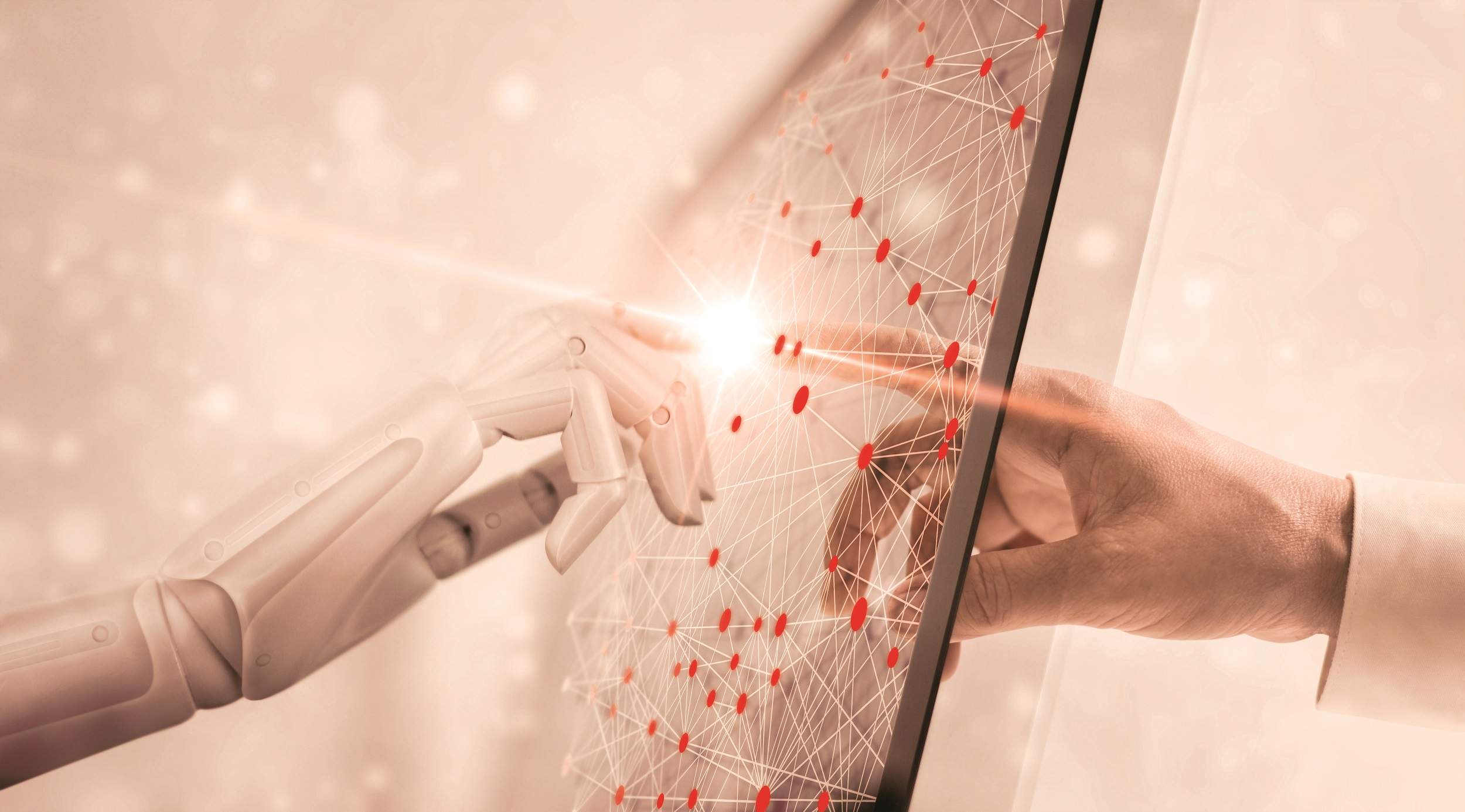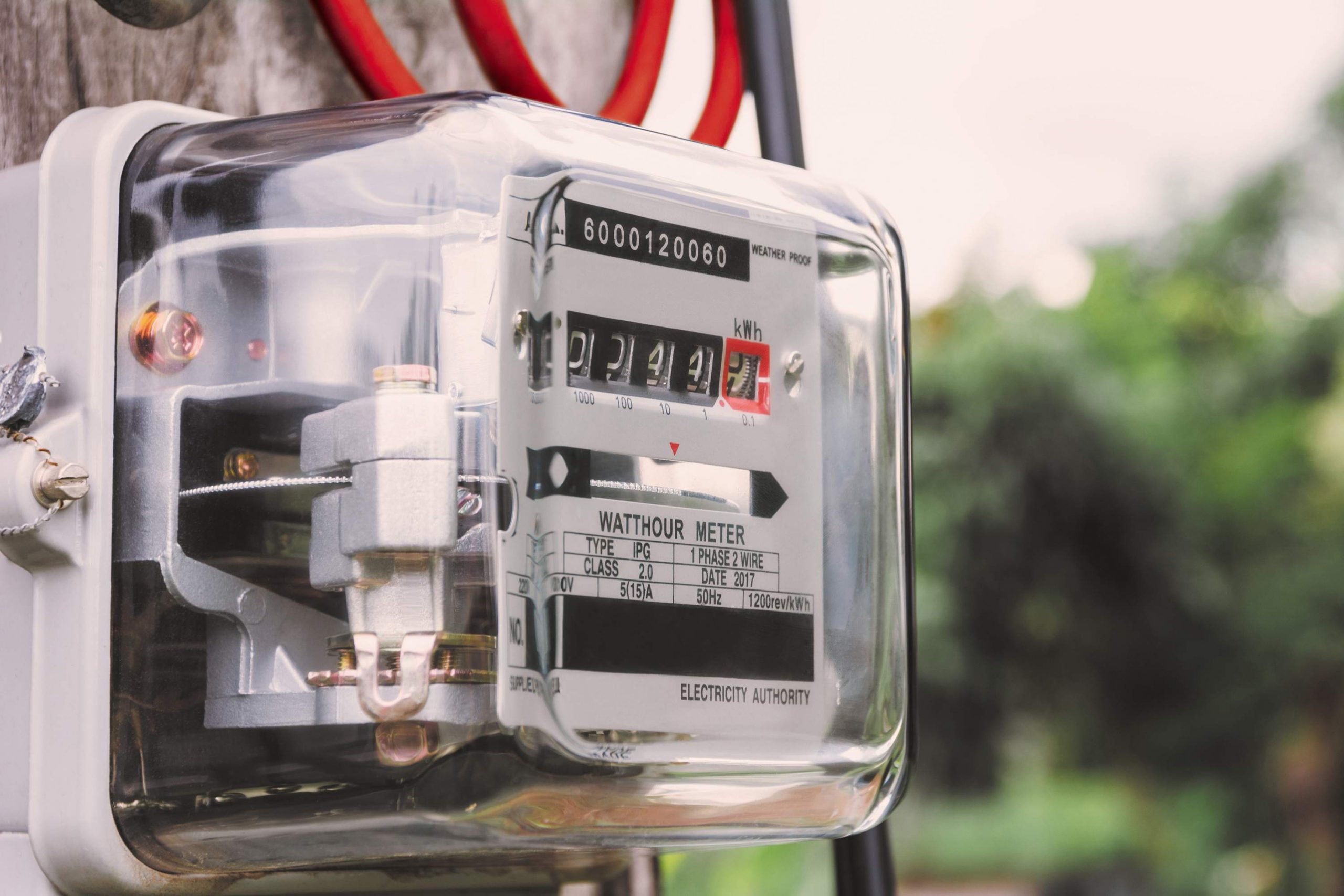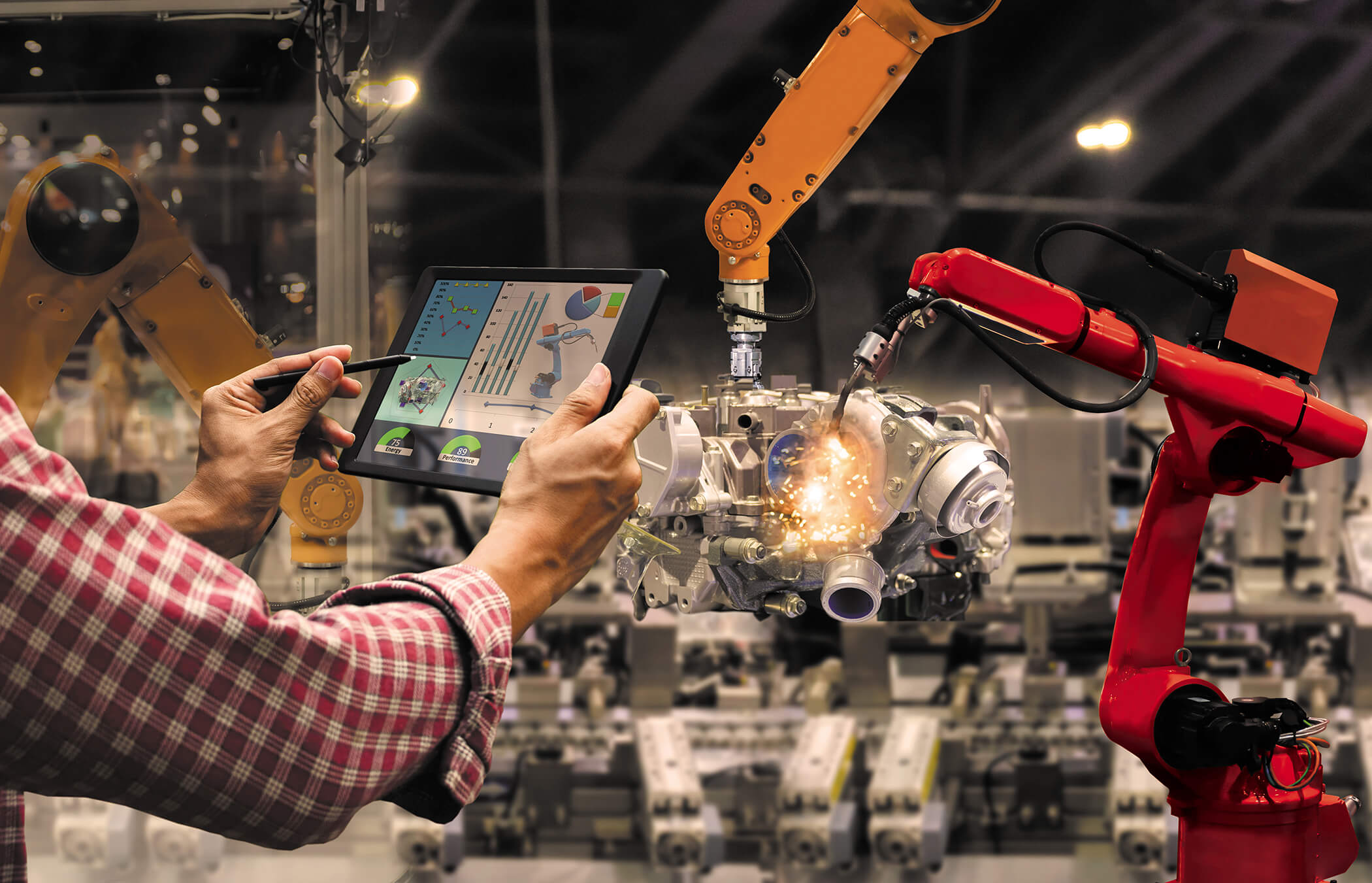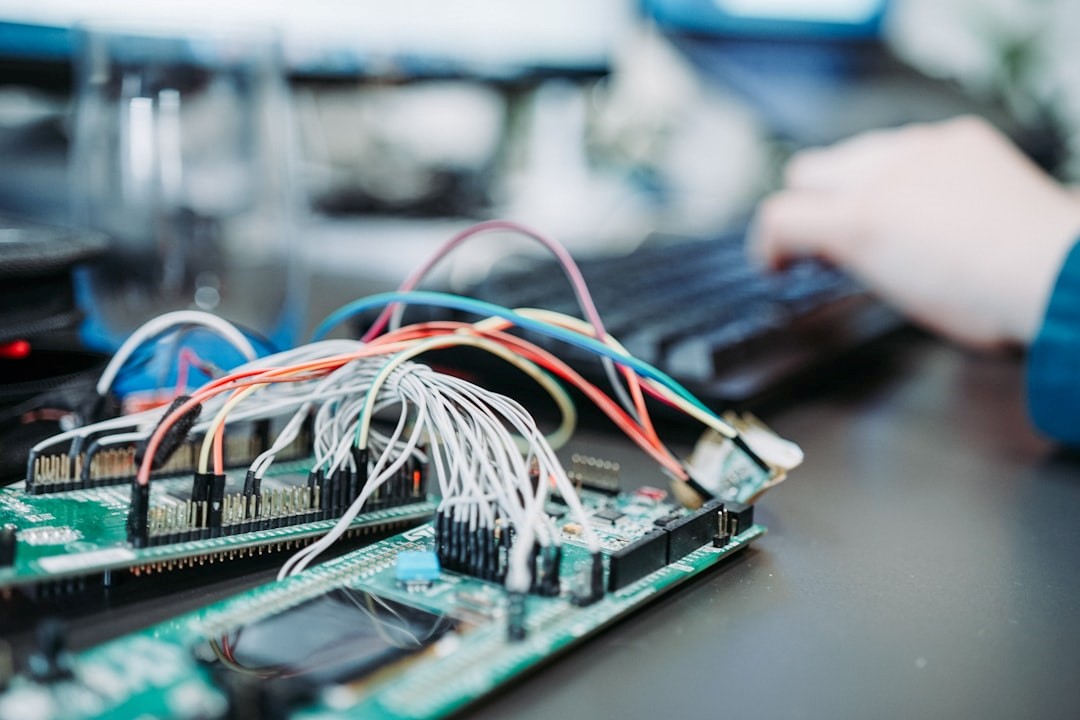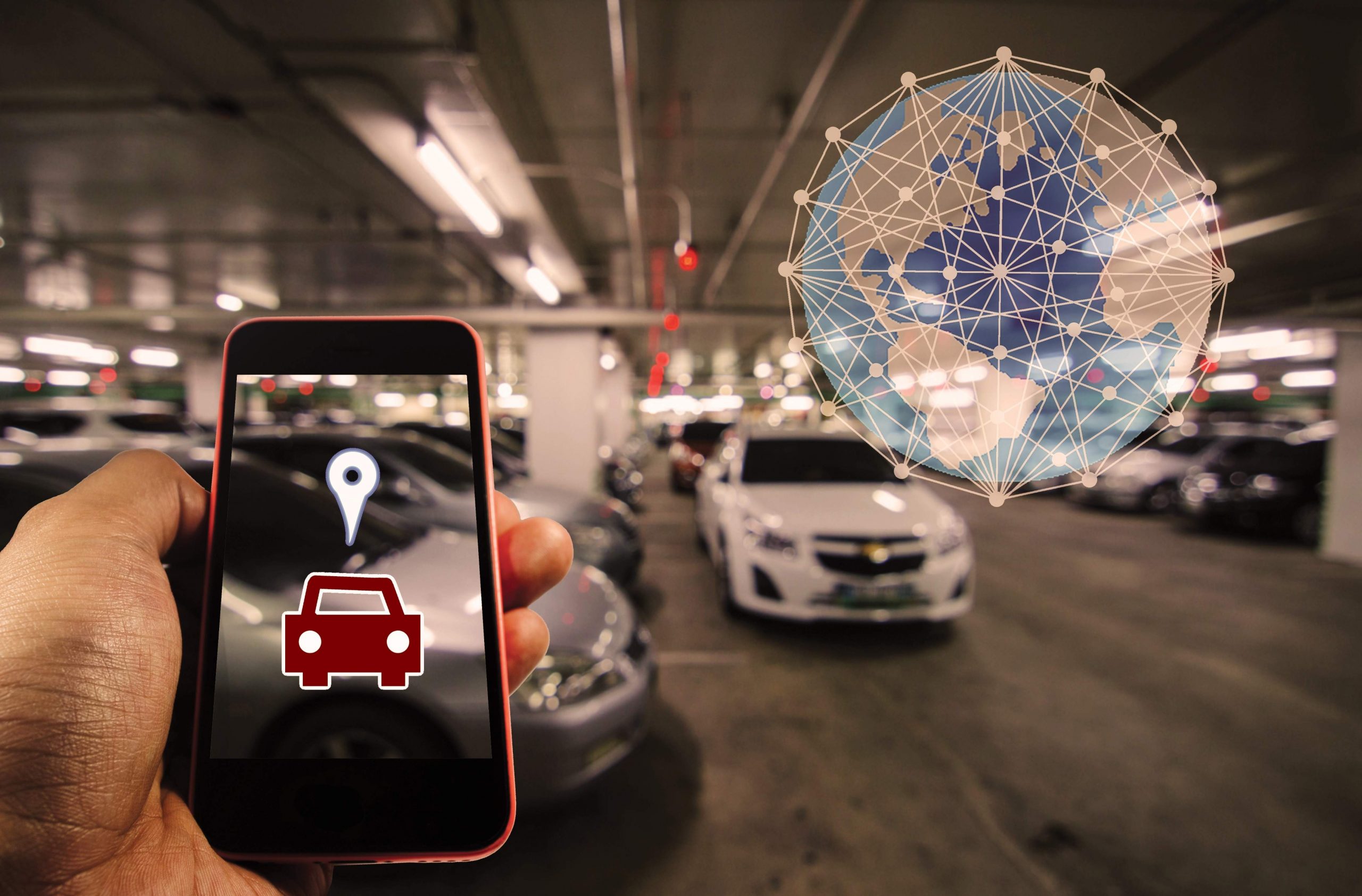All You Need to Know About Actuators in IoT
-
May 29, 2022
-
6 min read
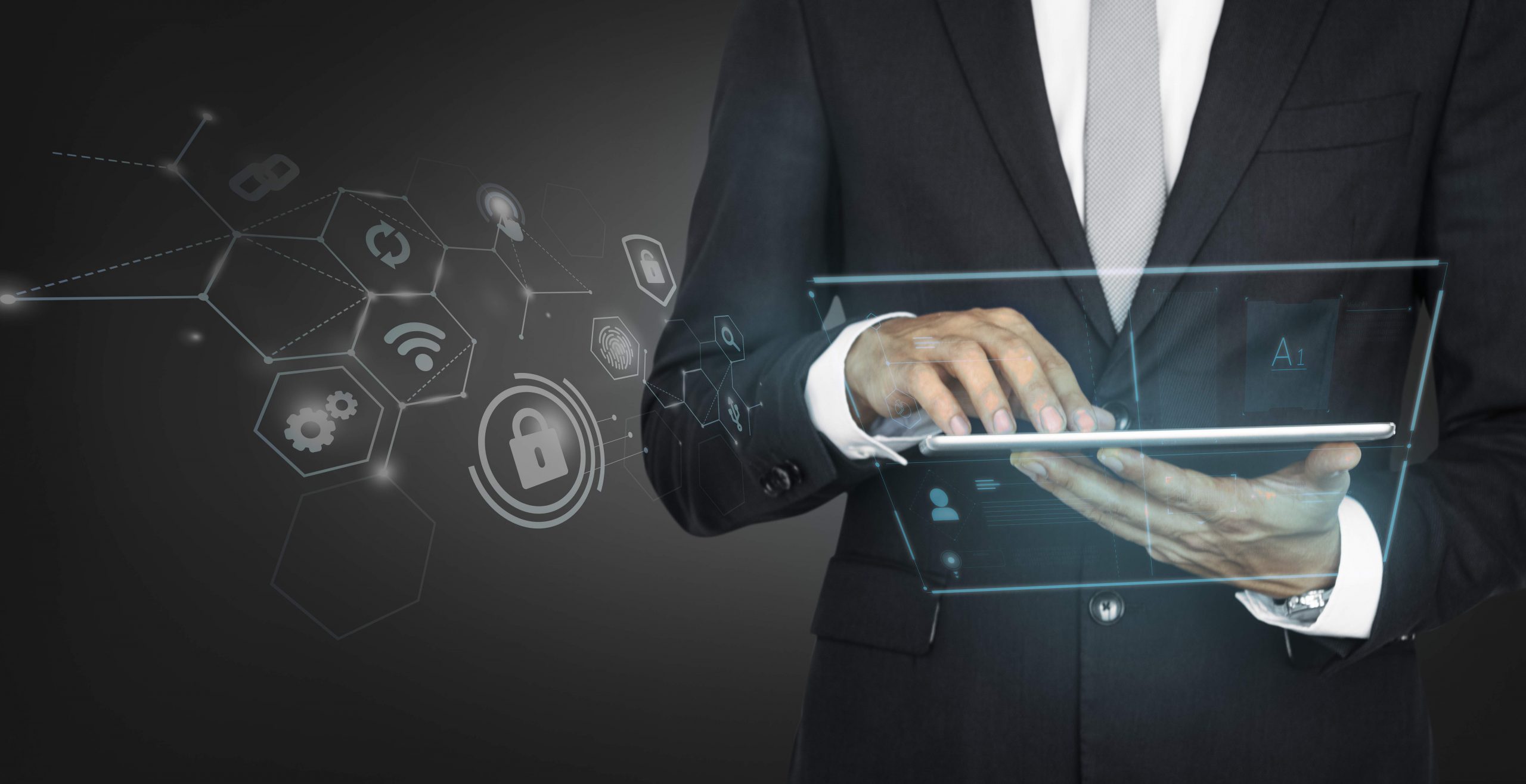
The major contributing factor of the latest Data Economy is the Internet of Things. The worth of the Internet of Things has gone beyond the original anticipation, especially in automation.
This is because an IoT system can create valuable intelligence, and its major source is sensors. Moreover, sensors and actuators in IoT work together to allow large-scale automation. Furthermore, the data produced by these sensors and actuators in IoT systems can deliver valuable insights for your business.
Today, sensors have developed at an unbelievable pace, which has resulted in better accuracy and mitigation of cost and size, along with the ability to detect new things. The sensor technology is growing rapidly and becoming so advanced that we can see a trillion sensors being deployed every year in the coming future.
Let’s understand these technologies in detail.
What are Sensors in IoT?
Sensors are also known as transducers. It is a physical device with the ability to convert one form of energy to another. It can transform a physical activity into an electrical impulse.
It comes with a microphone that senses the sound waves or the vibrational energy and transforms it into electrical energy efficiently so that other components can correlate to its original sound.
What are Actuators in IoT?
So, the next question comes – what is an actuator in IoT? Another form of a transducer can operate in the opposite direction of sensors.
It can convert an electric impulse into a physical phenomenon. For example – an electric motor, a pneumatic system, and a hydraulic system are a few types of actuators in IoT.
Now, when you have an idea about an actuator in IoT, you also need to understand the controllers.
What are Controllers?
Sensors collect the data and route it to the main control center in a classic IoT system. This is where the previously determined logic is used to make a decision. It results in controlling the actuators according to the sensed input data. Therefore, IoT sensors and actuators work together but from different ends.
What’s the Difference Between Sensors and Actuators in IoT?
There are multiple actuator types in IoT, and generally, they all create movements, and a sensor helps monitor environmental conditions such as temperature, voltage, fluid levels, or vibrations.
The major characteristic difference between actuators and sensors are given below-
- Electric signals – Actuators can measure motion energy to determine the results, while sensors use the electric signals to understand environmental conditions and execute the assigned tasks.
- The direction of transformation – An actuator transforms the electrical signals into physical action. At the same time, sensors convert physical phenomenons into electrical signals.
- Input & output – An actuator can track the output of systems & machines while sensors can monitor the inputs in the environment.
What are the different Types of Actuators in IoT?
Since it is clear what is the difference between sensors and actuators therefore now, we can study about different types of actuators that are available in the market and what is the role of actuators in IoT –
- Hydraulic Actuator: The essential role of this type of actuator is to convert hydraulic energy into useful work. It collects this energy from the pump and processes it through the controlling elements. Such actuators provide rotary or linear output.
- Pneumatic Actuator: It is a physical device used to transform the energy into compressed gas and then into mechanical energy. Such actuators are used in applications where valves are opened and closed. This enables them to mitigate ignition or fire risks in apps.
- Electric Actuator: This actuator transforms electric signals into kinetic energy in a rotary, linear, or single motion. The electric actuator motor operates at a varied voltage – 230 VDC, 208 VDC, 115 VAC, 24 VAC, 24 VDC, 12 VDC. They are widely used in apps that monitor the work of manufacturing pumps, motors, and valves.
- Thermal Actuator: This type of actuator is non-electric, and it comes with thermal-sensitive material which can produce linear motion under the temperature change. When connected with another device, a thermal actuator does not require additional power to create motion. It can be used with many apps and in multiple industries such as automotive, solar, agriculture, aerospace, etc.
- Magnetic Actuator: This device employs the MEMS or the microelectromechanical systems to transform the electric energy to mechanical energy in a linear or rotary motion. This can be used in automotive, aerospace, healthcare, computers, etc.
- Relay Actuator: An electronic switch uses an electromagnet to operate it mechanically. It uses a very limited fraction of power to run the relay coil. You can also use it to control lamps, AC circuits, motors, heaters, etc.
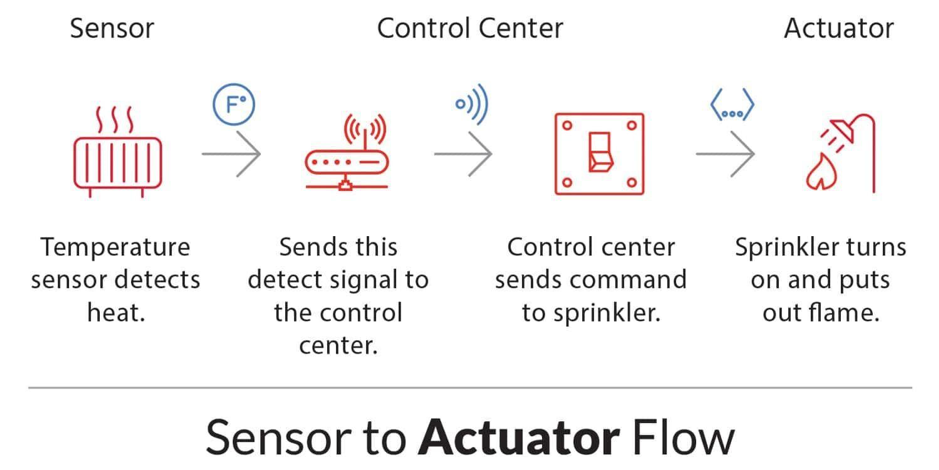
Image Source – bridgera.com
Similarly, there are different types of sensors in an IoT system, such as the temperature sensor, flow sensor, voltage sensor and humidity sensor, and more. Different types of applications require different ways to measure similar phenomena, and at the same time, multiple actions can result from a single variable. This means actuators and sensors must work together in an IoT reliably and effortlessly.
They both work together like bookends, and once the device engineering is done, you can easily prototype your Internet of Things systems which is the best and most effective cloud solution. It can help you ingest the data and deliver a way to visualize the data better.
Significance of Precise Calibration
The correlation ensures that the sensor is reading accurately. It is known as calibration, and calibrated devices can be taken from reliable manufacturers.
The precision of sensed data is of grave importance as it helps to make mission-critical decisions on future data analysis, which will hold no value if data is wrong.
Conclusion
Thus, a good actuator helps convert devices into highly scalable models for better efficiency. They can easily manipulate the physical conditions and transform them into tangible actions. They are responsible for controlling, moving, and placing a system or a mechanism to make the work of the automotive equipment easy and seamless. Thus, this blog shall help you understand all you need to know about actuators in the Internet of Things.
 Share
Share


